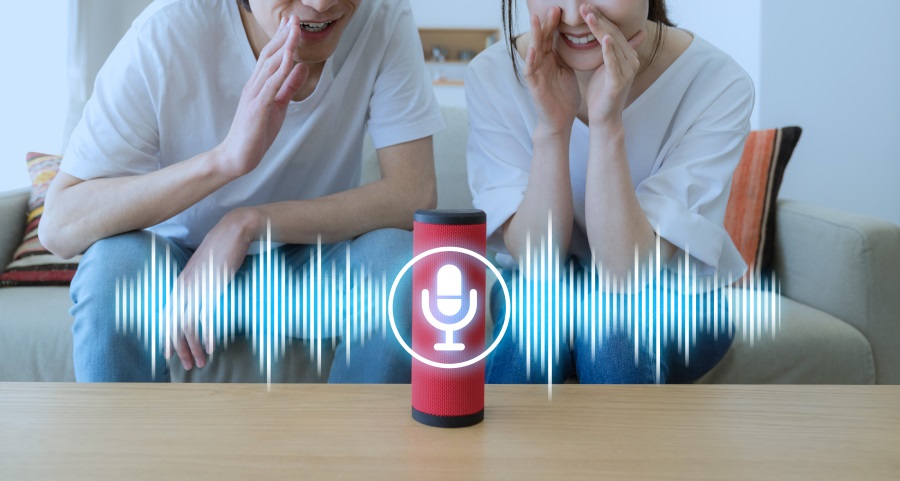As a winner of multiple awards, InfoTalk-Recognizer is widely accepted as the premier solution for applications that require multilingual, mixed-lingual automatic speech recognition (ASR) and/or speech-to-text (STT) and/or natural language understanding (NLU). #1 technology for multi-cultural environments such as trilingual Hong Kong, where Cantonese, Putonghua Chinese, and English are commonly spoken. [廣東話, 港式粵語, 普通話, 中文, 英語]
InfoTalk-Recognizer is ideal for numerous applications, call centers, chatbots, voicebots, customer services, such as intelligent interactive voice response (IIVR and IVR) systems, automated receptionists, speech analytics, transcriptions, transcribe applications, voice control devices, voice typing, speech writing, audio to text conversions.








